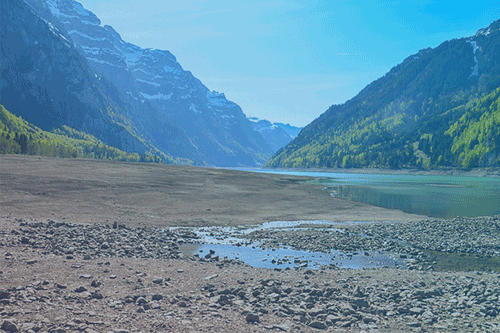Water Management Strategies
Our next two blogs will talk about water management, what it is, what its short- and long-term goals are, as well as tips and strategies for good water management.
Our next two blogs will talk about water management, what it is, what its short- and long-term goals are, as well as tips and strategies for good water management.
LoRa has become the standard wireless platform for WAN IoT, connecting 50 million devices in more than 100 countries across a wide range of “smart” applications from homes, buildings and cities to agriculture and, of course, metering.
Roughly two thirds of the world’s fresh water usage is dedicated to agriculture, including irrigation, livestock and aquaculture. Approximately another 10% of water usage is for municipal purposes, including both domestic and public use. Pretty much the rest of the world’s fresh water supply — a whopping 20% — is used by industry.
we decided to revisit how the market is developing and take a look at some case studies that show how the investment in smart water meters and AMI is saving money and water.

Each year since 1991 the Stockholm International Water Institute (SIWI) has awarded the prestigious Stockholm Water Prize on March 22, World Water Day. This year the focus is on groundwater management.
Consumers gain unprecedented transparency into their water bills and can profit from incentives to conserve water usage. But along with these well-documented and widely acknowledged benefits comes increased exposure to malicious or accidental unauthorized access to the streams of data flowing from smart water meter end-points to base stations and from there to the utility’s data center.
In this blog, we look at some of the challenges that water utilities are facing, and bring some examples of constructive responses.
One of the main themes that will be highlighted at WATEC 2017 is “Securing our Future: Water Industry Embracing Cyber Technologies.” In this blog, we will explore what this means and why it has become such a hot topic in the water industry.
Urban agriculture is growing, albeit for different reasons in different sectors. In developing countries or in low-income areas of developed countries, people are highly motivated to grow their own food in order to lower their food costs.
With the present population, the water volume per capita is about 4,000 m3 per year, which is exactly the threshold between water security and water shortage as determined by the International Water Resources Association.
Cutting-edge technologies – from IoT connectivity to big data predictive analytics – are revolutionizing the agriculture market. Critical data about soil, water, weather, etc. is collected and transmitted by agricultural drones or sensors connected to gateways and IoT platforms.
This info-graphic explores the scope of a two causes for NRW and suggests solutions that can help get them under control.
When it comes to water shortages, it is the responsibility of water authorities to both encourage conservation as well as seek out new, sometimes non-traditional sources of potable water. One of the more cost-effective means of increasing water supplies is wastewater recovery and reuse.
In this blog we look at the impact of real, physical losses – i.e., leakages – on NRW – Non Revenue Water.
We believe that the introduction of advanced metering and data collection technology can play an important role in both reducing water bills while enhancing water resiliency.
In this blog we look at the impact of water meter inaccuracy on NRW (non revenue water).
Sign up for our newsletter
© 2020 Arad Group. All Rights Reserved